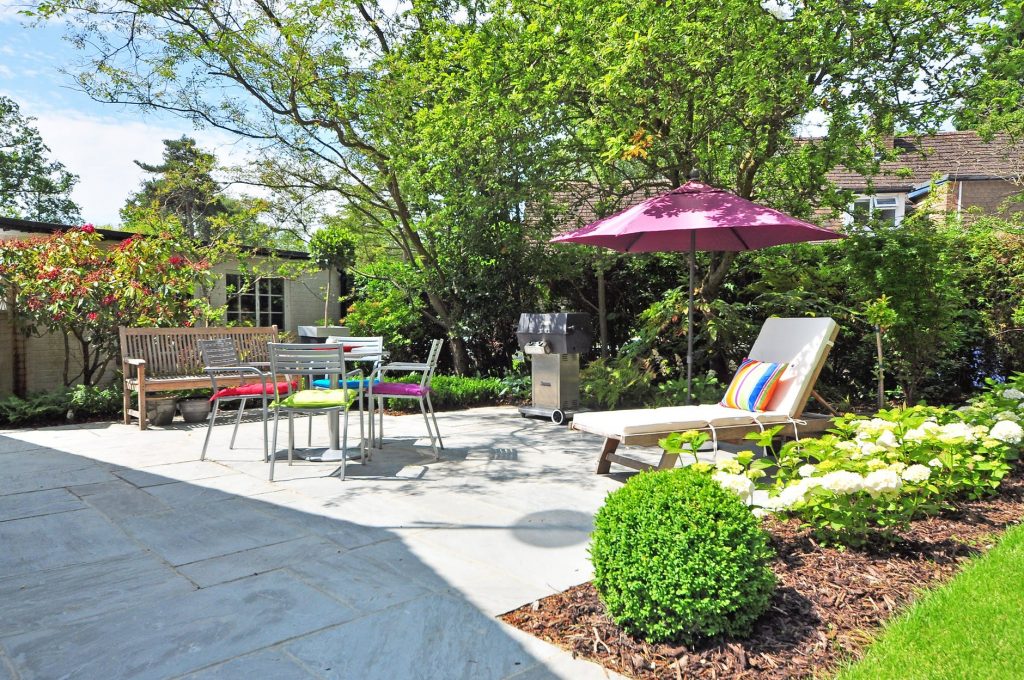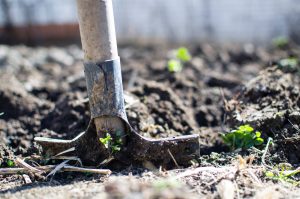
To plan a garden that lowers the power consumptions and ensures a sustainable and beautiful future. These power consumptions may appear as the power used in lawn mowers, leaf blowers and line cutters; artificial compounds to control pests; and fertilisers to help plants grow, water, chemicals for cleaning, stain removers to keep surfaces perfect and all kept up. Low maintenance plant areas – like gardens/backyards that has a lawn requires significantly more power consumption than a shrub garden. Processing green waste on-site also cuts down on power consumption.
Plan for a garden that lowers the water consumptions from the local water supply. This can be accomplished by choosing the right plants, microclimate planning mulches, recycling water and others.
Plan a garden that provides more opportunities for biodiversity in every way. Like drawing the attention of the local wildlife, keeping up complex biological communities, companion planting, thinking about the wellbeing of the organisms living in the soil, acknowledging the connections between the components of the garden and the living beings that live in it.
Designing a garden that maximises the mass of vegetation. This helps in balancing the carbon dioxide. For instance, a garden that has a more concrete or hard surfaces stores substantially less carbon dioxide than a garden with more plants. And also, we mean lasting vegetation, not plants that have to be continuously maintained or replanted each season.
Designing a garden that increases the possibilities for growing crops (fruits, vegetables and other edible produce), also other helpful materials like fertilisers, recycling green wastes on-site, space for chickens and other reasonable components. It urges you to add to your eating routine with newly harvested crops, inspiring you to think about more than the decorative worth of the garden, and helps you to be mindful of the natural effects of expansive cultivating farms and the likes, for example, applications of fertiliser and other chemicals, structure of the soil, and so on.

Designing a garden that limits the danger of weeds moving into a local area. Think about the science behind the plants you have chosen for your garden, or the methods by which specific plants can be kept up to reduce the danger of their undesirable spreading (for instance, deadheading or cutting out Agapanthus’ flowers as soon as the flowers die).
Designing a garden that reduces or get rid of using materials that disturb, ruin, contaminate or harm the natural ecosystem where they came from. For instance, keep the top-soil in current condition as much as possible, pick mulches that are a byproduct of timber industry, refrain sleepers taken from local forests, decorative stones gathered from live rivers, and refrain from plants reaped illegally. If possible pick locally produced materials to lessen the transport requirements and choose local tree services providers.
Designing a garden that reduces the danger of disturbance, contamination or obstruction to other natural structures. Like, the impact on non-target regions from exceedingly harmful leftover synthetic compounds can be disastrous. Overflow from ineffectively planned gardens can influence nearby wildlife through soil erosion or moving of dangerous items (synthetic compounds, soil development, weed seed).
Getting started:
1. Measuring
Any current paperwork will help you find the measurements and help you with picking outdoor furniture and shrubs. Roughly draw the shape of the garden on paper. Take note of the measurements of the area and note every one of the measures on that paper includes the lines of boundaries and so forth., as shown here in the illustration. Take note the position of the trees and plants that will not be removed and take note of these on the same paper. Choose sustainable Tait outdoor furniture to suit your style and minimise environmental impact.
While plotting the location of the components of the garden, use existing structures like fences so that the measurements can be taken at right points from them. This will guarantee that the location of your layout is correct.
2. Evaluating the Area
Careful evaluation of the area makes it substantially less demanding to layout your new garden since you will have noted all the things that could affect the garden’s final result.
a. Look for the north, If you’re not sure, a roadmap or the GPS can help thus can a little compass works too! When planning a garden, the sun’s movement extremely important. We will talk about this more about this in another Part of this course.
b. Observe where are the shaded and sunny regions. (Keep in mind that the sun is higher in summer.) The shades will differ based on the structures in the surroundings like walls, trees, nearby houses, and the seasons as well. Hire local tree cutting companies to trim or remove obtrusive trees.
c. When you know your garden well enough, you may remember the regions that are marshy in winter or too dry in summer.
d. Slopes. Based upon what work you are doing or getting done in your garden you may need to think about having precise levels taken, particularly for working in constructions.
e. The type and condition of the soil.
f. Position and sizes of the trees and different plants that you are not removing.
Take note of everything that could assist you with your garden layout and note it down on the paper with the measurements. Keep in mind that even minor ground elevations can be used.